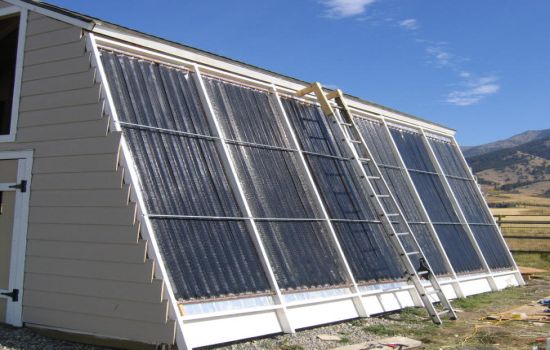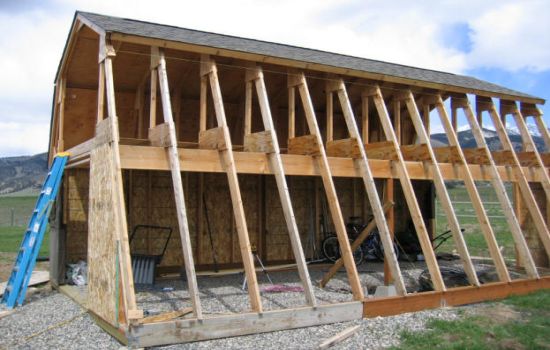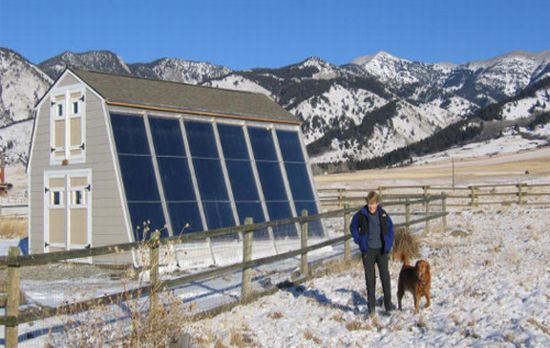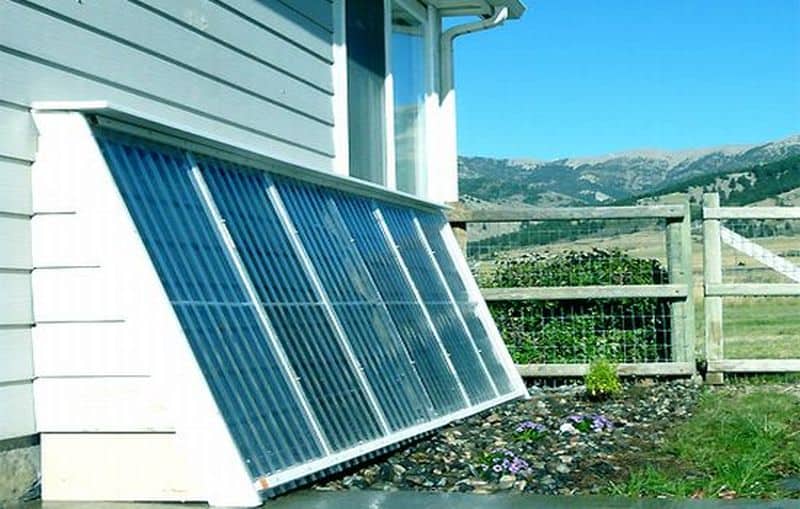Sometimes aptitude goes beyond dexterity to work miracles and fashion some unique novelties. We won’t say that it’s a miracle or an unworkable feat, but this DIY solar thermal installation still speaks up for Gary Reysa’s eco-concern. The retired airplane product development engineer made a solar hot-water system for under $1,000. Expensive, yes it is! However, the high solar fraction of 94% compensates for it.
Gary made sure that the hot water tank receives water already heated in a supplementary storage tank via a large pipe coil. It provides for the necessary heat backup, just enough for a 15-minute shower. Differing from the conventional systems in use, it has a large collector and storage area to increase its performance during winter, since the thermal inertia or volumetric heat capacity is relatively higher. The steep slanting panels ensure steady power-production as the strategic move reduces summer overheating.
Impressive solar DIY, explained:

• Gary installed six solar collectors of 4 ft by 10 ft each on slanting gambrel style roofs to ensure maximum exposure to sunlight. The collectors are pre-assembled and fitted in on the site itself.
• He was least worried over how the shed would look. What he paid attention to was proper spacing, i.e. the distance over two stud bays is 48¼-inch.

• The notches should support EMT glazing, and upper and lower manifolds. He uses scrap wood jigs to position panels for soldering as it avoid deflection of panels at the top.
• Gary exhorts to install collectors vertically to reduce the solar radiation on the panel in all weather conditions. It also prevents heat loss and overheating of panels at the same time.
Some valuable suggestions for aspiring DIYers:

• Use single wall polycarbonate glazing (SunTuf corrugated glazing or Dynaglass) for better heat.
• Use an absorber without a selective coating to reduce the collector temperatures.
• Use glass since it withstands the higher temperatures better. No doubt, it involves more labor and cost.


